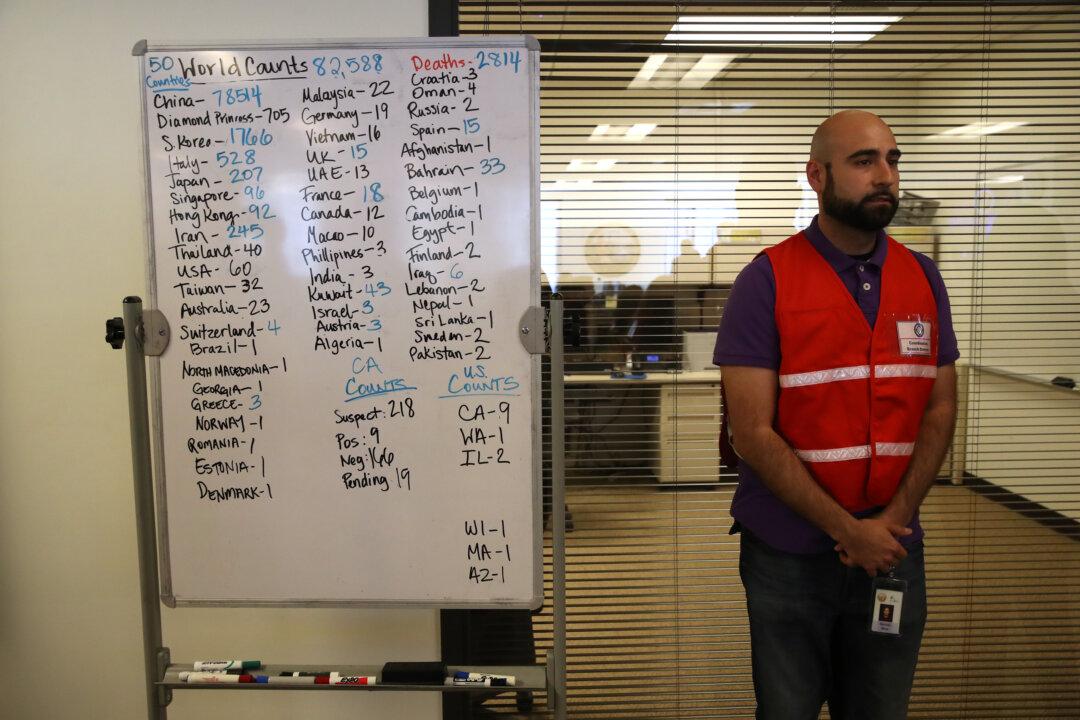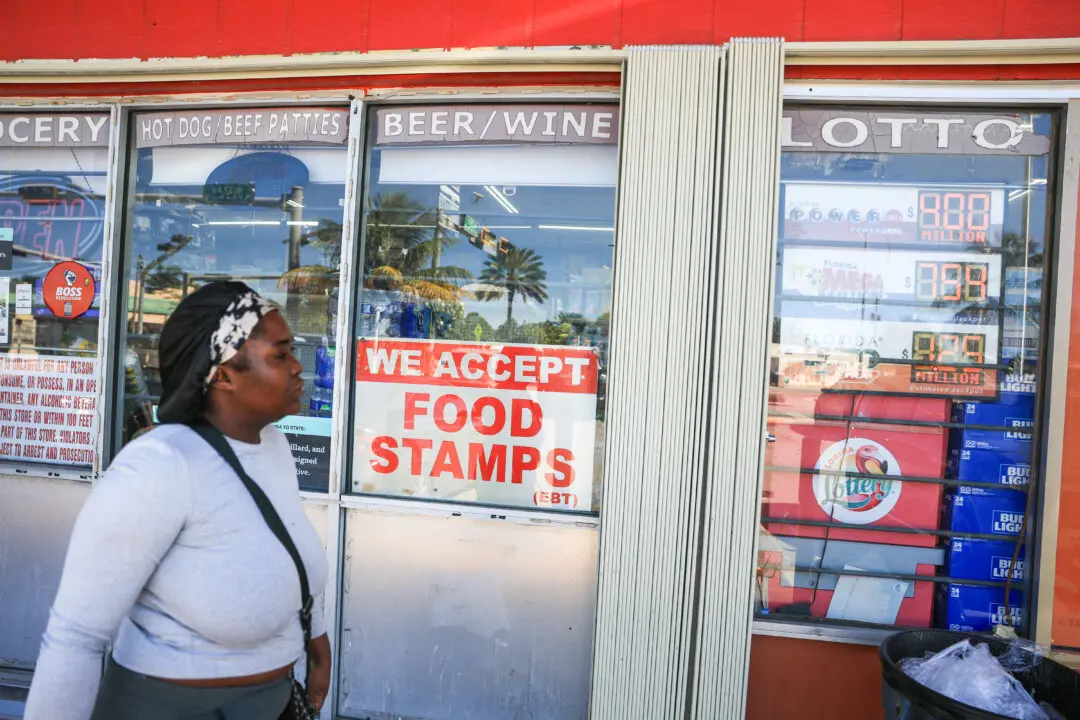The Centers for Disease Control and Prevention (CDC) is sending a team to California to help probe the first confirmed coronavirus case in the country with an unknown origin.
“The CDC has sent a team to support the California Department of Health and the local health departments in investigating this case. We are working hard with them to find and identify how the patient was exposed, as well as tracing back people who were exposed or might have been exposed to the patient,” Dr. Nancy Messonnier, director of the CDC’s National Center for Immunization and Respiratory Diseases, said in a phone call on Friday.





